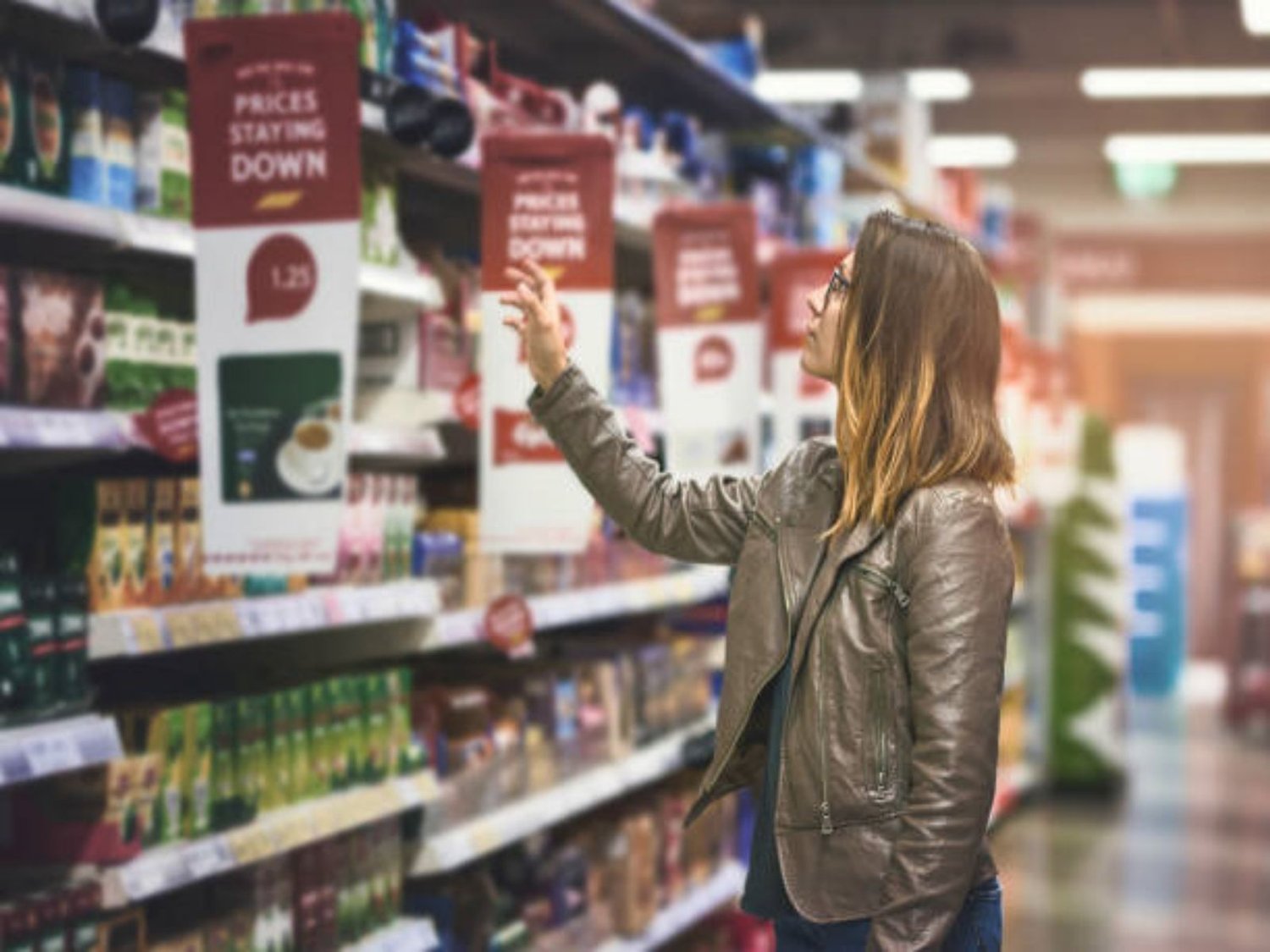Table of Contents

Guidance on Choosing the Right Supermarket Shelf Layout for Your Store
Introduction:
Creating an effective supermarket shelf layout is crucial for attracting customers and maximizing sales. The way you organize and display your products can greatly impact customer experience, product visibility, and overall store profitability. In this article, we will provide guidance on choosing the right supermarket shelf layout for your store, focusing on ten key aspects to consider. By implementing these strategies, you can enhance the shopping experience, boost customer satisfaction, and increase your bottom line.
1. Understanding Customer Behavior
Before designing your supermarket shelf layout, it's essential to understand customer behavior. Different shoppers have varying preferences, habits, and priorities when it comes to navigating a store. Some may prioritize convenience and quick access to staple items, while others may enjoy browsing and discovering new products. By analyzing customer behavior through market research and data analysis, you can tailor your shelf layout to cater to your target audience's preferences.
2. Strategic Placement of Essential Items
When planning your supermarket shelf layout, it's crucial to strategically place essential items that customers frequently purchase. These items, often referred to as "destination products," are typically everyday necessities like milk, bread, and eggs. Placing these items at the back of the store or in prominent locations encourages customers to traverse the entire store, increasing the likelihood of impulse purchases along the way.
3. Optimal Shelf Heights and Organization
The height and organization of your supermarket shelves play a significant role in customer experience and product visibility. The arrangement should be logical, with similar products grouped together, making it easier for customers to find what they're looking for. Additionally, consider shelf heights that allow for clear visibility and accessibility for customers of different heights, ensuring a pleasant and convenient shopping experience for all.
4. Eye-Catching Signage and Displays
Utilizing eye-catching signage and displays can significantly impact customer engagement and product sales. Clear and vibrant signage helps customers quickly navigate your store and find specific products. Use attractive displays strategically placed throughout the store to highlight new or seasonal items, promotions, and discounts. These visual cues can capture customer attention and increase the likelihood of impulse purchases.
5. Consideration of Product Placement Psychology
Product placement psychology is a powerful tool to guide customer behavior and influence purchasing decisions. By strategically placing complementary items together or positioning premium products at eye level, you can encourage customers to make additional purchases or trade up to higher-priced items. Understanding the psychology behind product placement can greatly impact your supermarket's sales and profitability.
6. Efficient Use of Space
Efficiently utilizing space is vital when designing your supermarket shelf layout. Optimize aisle widths to accommodate shopping carts and ensure ease of movement for customers. Avoid cluttered displays or overcrowded shelves, as they can create a negative shopping experience. Aim for a clean, organized, and visually appealing layout that maximizes product visibility while allowing customers to navigate the store comfortably.
7. Flexibility for Seasonal and Promotional Changes
Supermarket shelf layouts should be designed with flexibility in mind to accommodate seasonal changes and promotions. Consider modular shelving systems that can be easily adjusted to accommodate different product sizes, promotions, and seasonal displays. This flexibility allows you to adapt your store layout to meet changing customer demands, ensuring optimal product visibility and customer satisfaction year-round.
8. Efficient Checkout Line Placement
The placement of checkout lines can significantly impact overall customer satisfaction and store flow. Ensure that checkout lines are strategically located to minimize congestion and allow for swift and efficient transactions. Placing impulse-buy items near the checkout area can also encourage additional purchases while customers wait in line, further boosting your store's profitability.
9. Incorporation of Technology
Embracing technology can enhance the shopping experience and streamline supermarket operations. Consider integrating electronic shelf labels that display real-time pricing and product information, enabling quick updates and reducing pricing errors. Additionally, explore mobile apps or digital platforms that provide personalized offers, virtual shopping lists, and in-store navigation assistance, further improving customer engagement and satisfaction.
10. Continuous Evaluation and Adaptation
Lastly, remember that supermarket shelf layouts are not set in stone. Continuous evaluation and adaptation are essential to ensure optimal performance and customer satisfaction. Regularly review sales data, customer feedback, and industry trends to identify areas for improvement. Experiment with different layouts and monitor the impact on sales and customer experience. By staying agile and responsive, you can continuously refine your supermarket shelf layout to meet customer expectations and drive business growth.
supermarket shelf layout, store layout, customer behavior, product placement psychology, signage and displays, space utilization, checkout line placement, technology integration, store evaluation, supermarket profitability Guidance on Choosing the Right Supermarket Shelf Layout for Your Store Maximize your supermarket's sales and profitability with the right shelf layout. This informative article provides guidance on choosing the optimal supermarket shelf layout for your store, focusing on customer behavior, strategic placement, signage, psychology, space utilization, and more.
